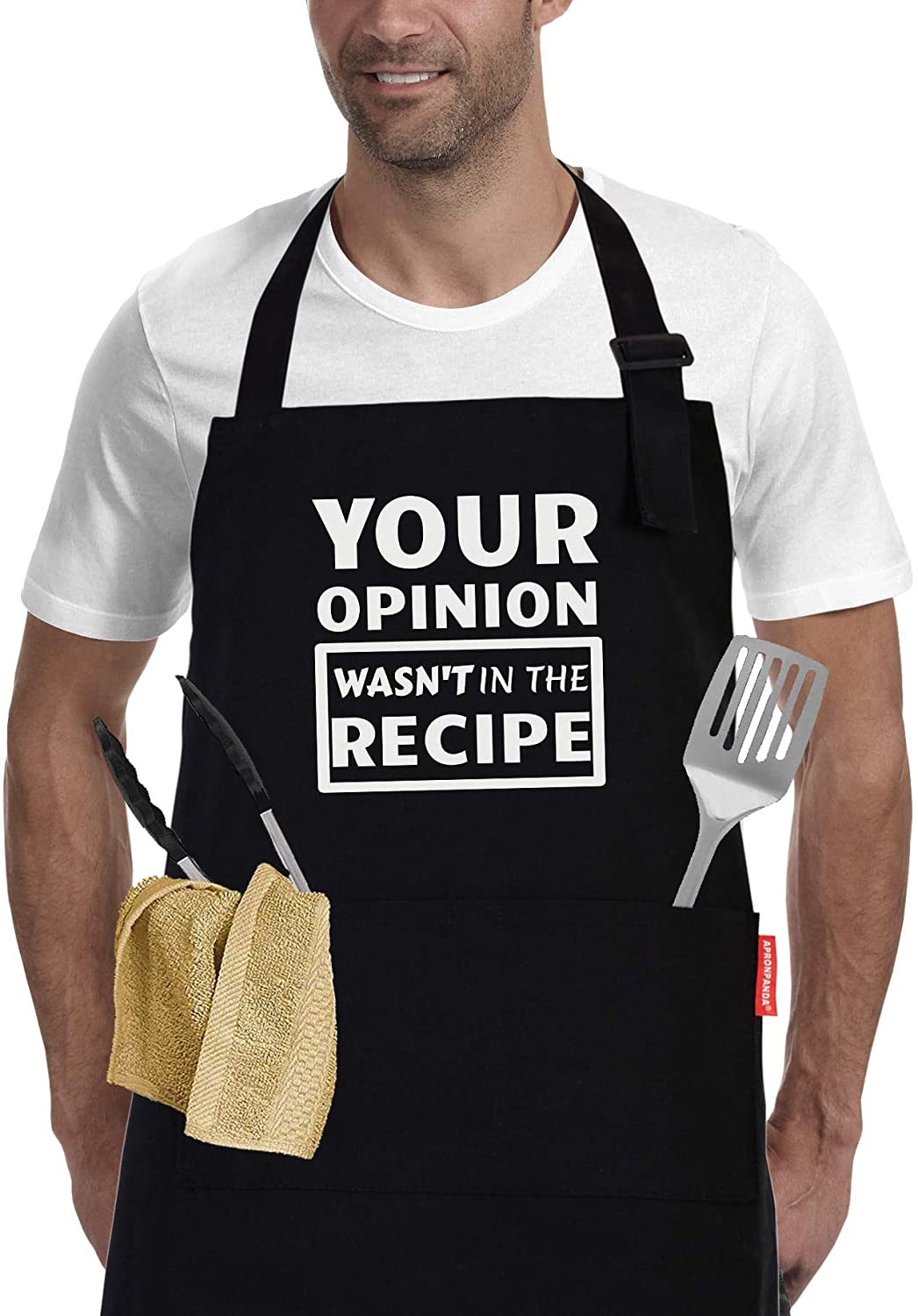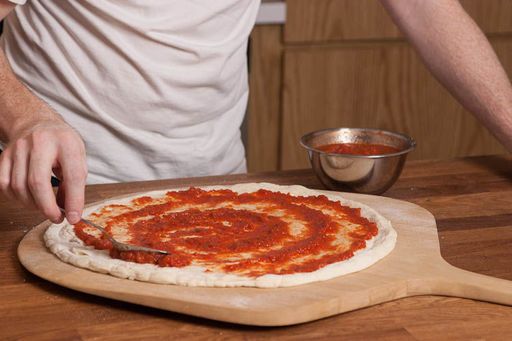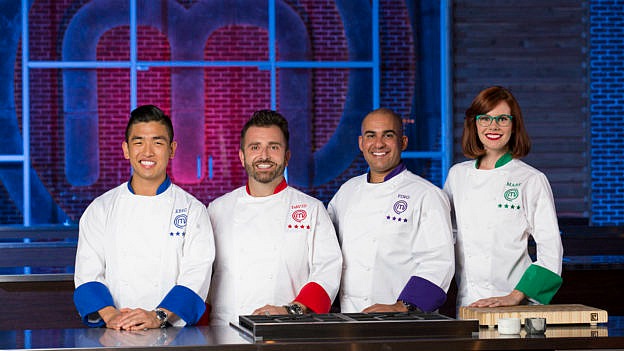
There are a number of important factors that will ensure that your kitchen is safe. You should be mindful of potential hazards in your kitchen. These hazards include fires, choking hazards and electrical fires. Continue reading to find out more about safety in the kitchen. Here are some of the most important:
Fire hazards
One of the most dangerous areas in the home is the kitchen. Serious injuries can result from common kitchen hazards. Some accidents are avoidable, but others can cause serious injuries. There are a few things you can do to prevent most kitchen accidents. As always, if you suffer from an injury, get medical attention immediately. Even if your injury appears minor, you could have an internal injury that will not be apparent for days.
Electrical fires
Although electrical fires within kitchens can be quite unpredictable, it is possible to prevent these catastrophes by following basic safety steps. Avoid overloading an electrical outlet and avoiding overusing liquids or water near heat-generating appliances. Avoid plugging appliances that contain liquids or water. Avoid overloading outlets as it can lead to dangerous situations and could cause trip breaker.

Stoves
House fires are often caused by people leaving things unattended in the kitchen. Some people leave cooking items on the stove while they go for a walk or take a break. It is important to ensure that you don't leave any items near the stove. You can also set a timer so that it doesn't take too long. Potholders are essential to catch any packaging falling on the stove.
Choking hazards
Choking in the food preparation area can be dangerous. Children can choke even on small items. Parents need to be careful about their children's safety. They should check behind sofa cushions and under furniture for any areas that a child might reach. Parents should know CPR and have a mobile phone handy in case of an emergency. Children should be taught how to childproof cabinets and drawers in order to avoid choking in the kitchen. When children eat, parents should supervise them and cut food into pieces of half an inch.
Cross-contamination
Cross-contamination can be a serious problem in the kitchen. Cross-contamination is a problem that can result in dangerous bacteria being transferred to food. Cross-contamination is a problem regardless of whether a machine was used to cut meat or to create glassware. In 2008, listeria contaminated a meat slicer. In some instances, cross-contamination can be completely avoided. But, you still need to take steps to prevent cross-contamination.

Hand washing
Proper hand washing is an essential aspect of food safety and is the first line of defense. Food safety requires employees to wash their hands frequently and often. This requires thorough training and proper setup of hand washing stations. Proper hand washing will reduce cross-contamination significantly and create a safer environment for food production. Hand washing is crucial for food processing plant safety. It should be taught in training sessions and displayed prominently in the workplace. Hand-washing will also make your product cleaner and more healthy.
FAQ
What are the advantages of using a slow cooker to cook?
Slow cookers allow you to make delicious meals with minimal effort. Slow cooker recipes often have a lower oil and fat content than traditional recipes. Also, slow cooker recipes are easy to use because they do all the work while you sleep.
How to become a chef
There are many options for becoming a chef. You can begin by taking a course at a community college or vocational school. Next, consider attending culinary school. Finally, you can take a paid internship.
What's the difference between a professional chef and an amateur cook?
A chef cooks for others. A cook prepares meals for others. While both jobs involve the preparation of food, a chef interacts directly with his customers. This means they may have to decide what to serve guests based on their preferences. Cooks don't interact with customers. Instead, a cook makes sure the food tastes good before delivering it to customers.
How Much Does it Cost to Learn Culinary Arts Skills?
You will find that the price to study culinary arts is variable. A four-year degree usually costs around $40,000. A two-year associate's program may be less expensive at $5,000. Tuition rates depend on the type of program you select. Private institutions charge higher prices than public ones.
What are some basic cooking skills?
Basic cooking skills include knowing how to read recipes, measure ingredients, cook food safely, and clean up after yourself. These are the essential skills you will need to be able cook for yourself. Cooking is a great way save money as you don’t have to order take-out every day.
Statistics
- According to the BLS, chefs earn $58,740 a year. (learnhowtobecome.org)
- The median pay for a chef or head cook is $53,380 per year or $25.66/hour, according to the U.S. Bureau of Labor Statistics (BLS). (learnhowtobecome.org)
- On average, chefs earn $58,740 a year, according to the BLS. - learnhowtobecome.org
External Links
How To
How to make Apple Pie
Apple pie making is a series of steps. Wash the apples first. Peel them then cut them into small pieces. Next, you will add sugar, cinnamon and cloves. Finally, you will add lemon juice. Mix everything together and place it in an oven at 350°F for 15 minutes. The apple mixture should be removed from the oven and allowed to cool. Next, add some cream. Finally, you sprinkle some powdered sugar on top and serve it.